Japanese Holidays: Five Unique Ones You Should Know About!

Sophia Wasylinko
Posted on March 27, 2024
Share:

There are many fascinating Japanese holidays, from large cultural celebrations to more intimate family gatherings. However, while Westerners might be aware of the more significant events and their traditions, they might not be familiar with older holidays that have continued to the present day. Here are five unique Japanese celebrations you should know about!
Hinamatsuri (March 3)
Also called Girls’ Day, Hinamatsuri (Doll Festival) is held for girls until they’re ten. It’s famous for the hina dolls collected and displayed at home or in public. There are usually five tiers: the Emperor and Empress, court ladies, musicians, ministers, and other attendants.
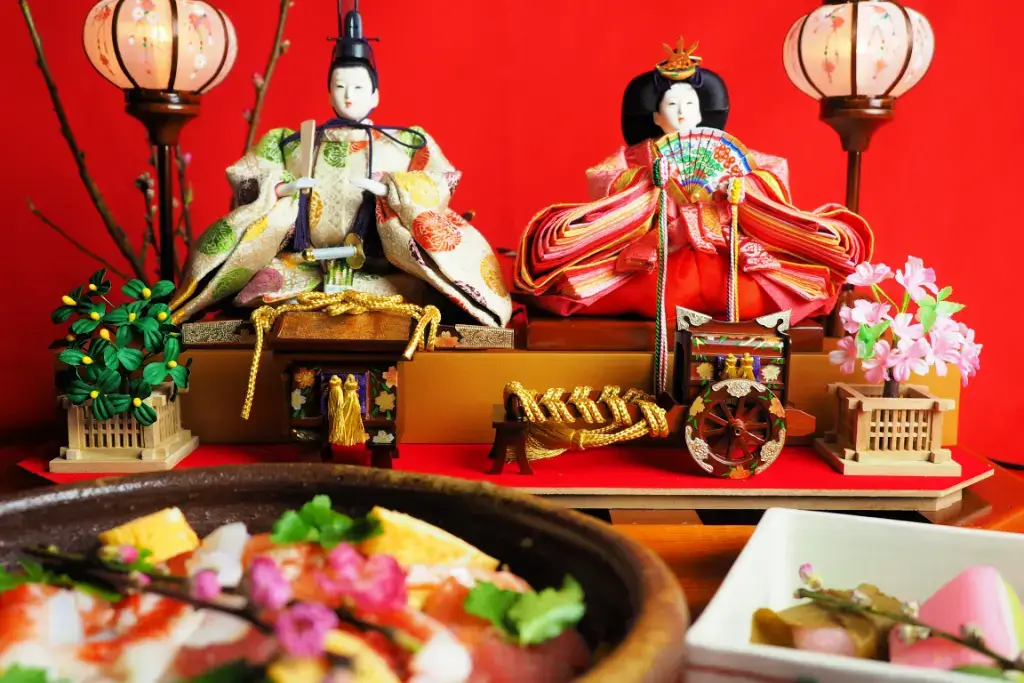
The first festivals were held during Heian (794-1185) when families floated straw and paper dolls downriver for purification. Displaying dolls became popularized in the Edo period (1603-1868). The hinakazari (set) was traditionally stored by the day afterward, or it was said the daughters would marry late. Chirashizushi (scattered sushi) is one of several Hinamatsuri foods, along with hishi mochi (diamond mochi) and chi chi dango (beautiful dango). Nagashi-bina (doll-floating) is still performed around Japan.
Tango no Sekku (May 5)
Next is Tango no Sekku (Boys’ Day) or Kodomo no Hi (Children’s Day). Established around the 7th century, it was initially a purifying festival for women using irises. During the Kamakura Period (1185-1333), it celebrated samurais’ sons. Families displayed armor, kabuto (helmets), swords, and samurai dolls for divine protection. In 1948, the holiday changed to include all children and focus on democracy instead of militarism.
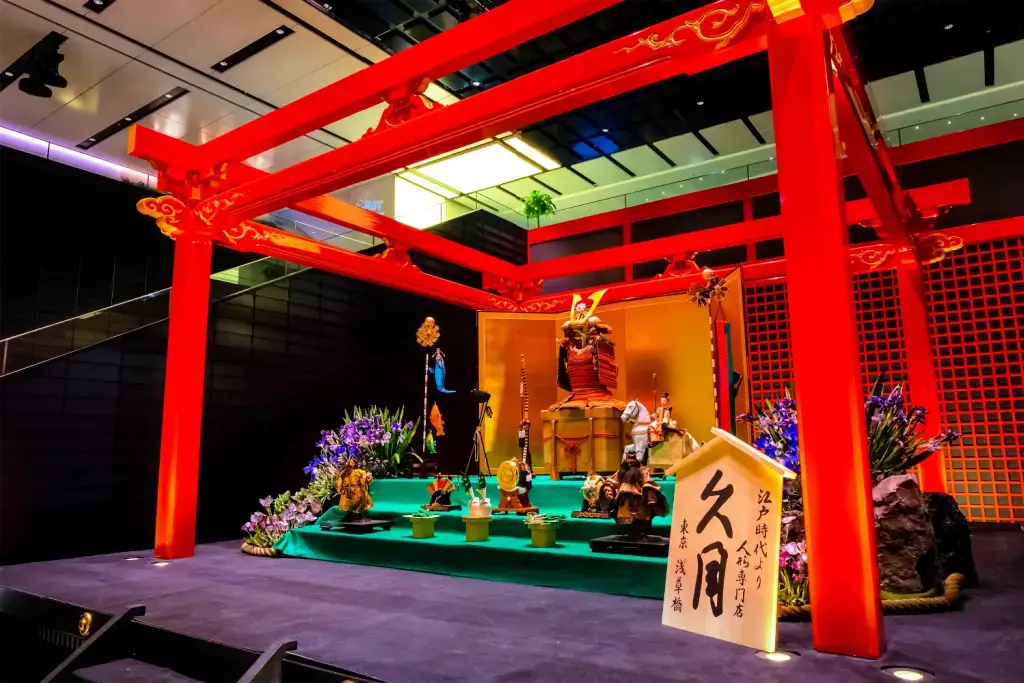
On Tango no Sekku, people hang koinobori (carp streamers) outside homes and government buildings for perseverance, good luck, and fortune. Children eat kashiwa mochi (mochi wrapped in oak leaves) and chimaki (dumplings wrapped in bamboo leaves). Miniature samurai displays still exist; some people decorate and bathe with irises to drive away evil spirits.
Are you looking for some delicious snacks for the upcoming spring holidays? Check out Sakuraco! Sakuraco delivers traditional Japanese snacks, teas, and sweets from local Japanese makers directly to your door.
Shichi Go San (Nov 15)
Named after the Japanese words for seven, five, and three, Shichi Go San focuses on girls aged three and seven and boys aged five (sometimes three). According to Japanese numerology, odd numbers are lucky. Shichi Go San originated in the Heian period to celebrate nobles’ children passing into middle childhood, or the Muromachi period (1336-1573), to celebrate children reaching their third birthday due to the high infant mortality rate.
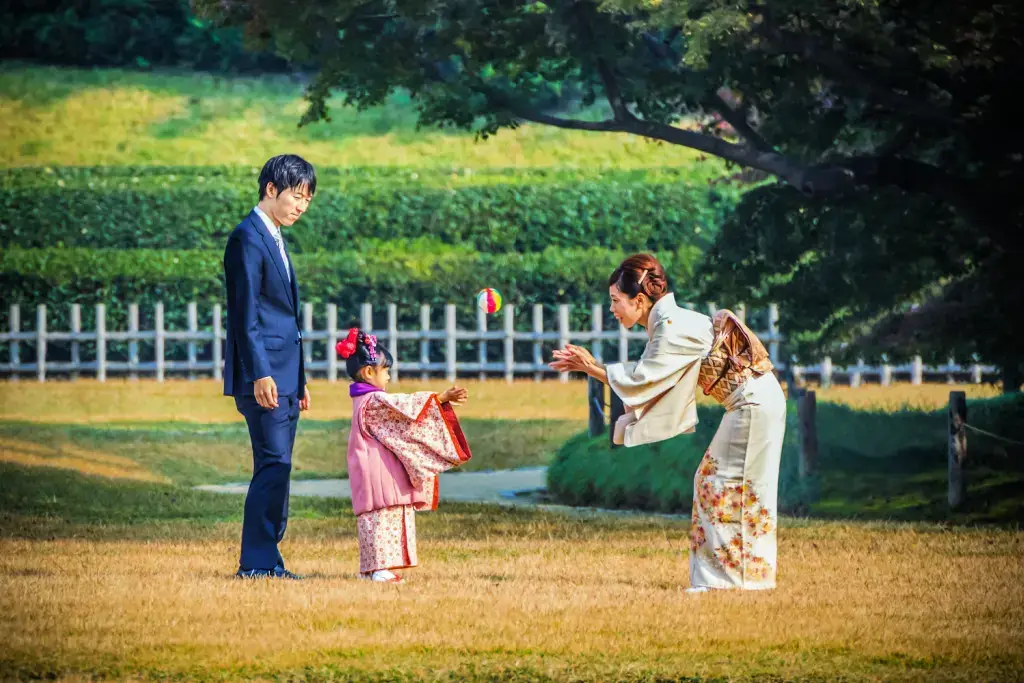
During the ceremony, boys and girls dress in kimonos, and boys wear hakama (breeches worn from five years old). In the past, they wore shaved heads until the age of three. Families visit shrines and take pictures afterward. Children also receive chitose-ame (thousand-year candy), red-and-white candy in a bag decorated with the crane and turtle, for longevity and luck.
Seijin Shiki (second Monday of January)
Seijin no Hi (Coming of Age Day) commemorates people who turned 20 in the past year with seijin shiki (coming of age ceremonies). While Japan’s age of majority is now 18, the legal age for adult activities such as drinking is still 20.

Seijin no Hi originated in the Nara period (710-794), recognizing aristocrats’ adulthood with new clothes and hairstyles. Genpuku (traditional coming-of-age ceremonies) were held for both genders but emphasized males. The age of majority later increased, and Seijin no Hi became an official holiday in 1948, initially on January 15. It changed to the second Monday of January in 2000.
Women wear furisode (long-sleeved kimonos) with furry stoles, and men wear kimonos with hakama or Western-style suits. The ceremonies occur at gymnasiums or public centers; afterward, there are visits to shrines, restaurants, or izakayas.
Kanreki
Combining the Japanese words for “return” and “calendar,” Kanreki (60th birthday) refers to the zodiac cycle restarting every 60 years, signifying rebirth and new beginnings. People also celebrate Kanreki in China, Korea, and Hawaii. This is equivalent to a jubilee celebration in the West.
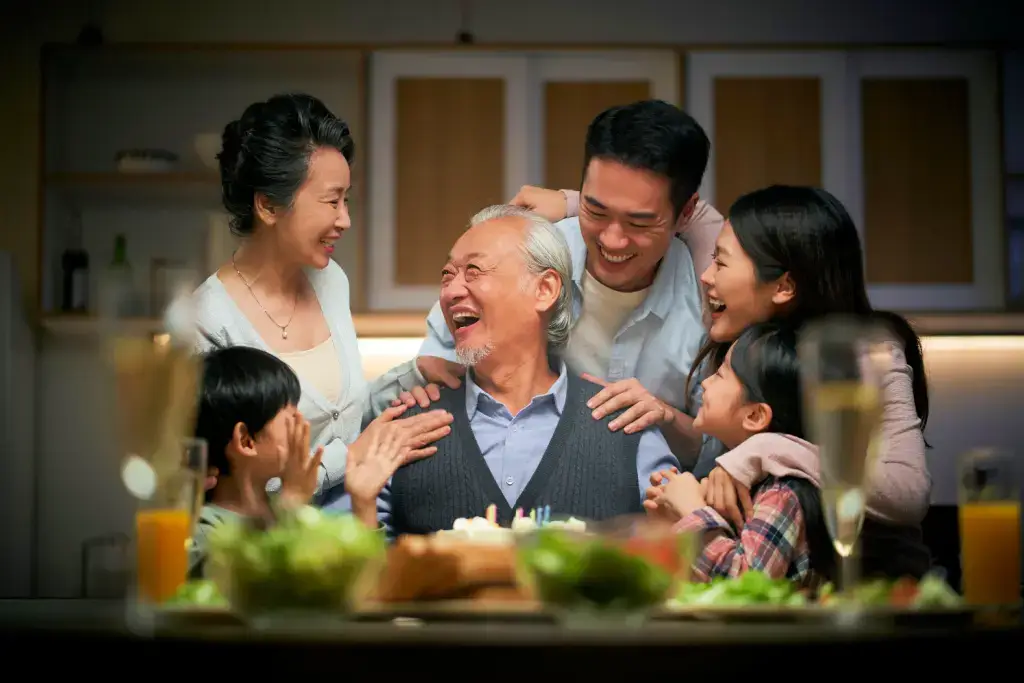
This holiday came to Japan from China during the Nara period. Only the upper classes celebrated it when life expectancy was closer to 50. It has now grown to over 80 years, with Japanese people still working or near retirement at 60.
Traditionally, the celebrant dresses as aka-chan (“red one”), sitting at the head of the table on a zabuton (red cushion). Red represents infants, festivity, and good luck. The meal includes seikhan (rice with red azuki beans), tai (red seabream), and kasane mochi (stacked mochi). Guests receive red clothing, such as a silk scarf, shirt, or tie.
Why are these unusual Japanese holidays important?
These unusual Japanese holidays recognize special milestones, such as entering adulthood or senior years. Besides marking a new calendar date, they remind people of their community obligations and roles. Moreover, the events on this list also offer different perspectives on life stages, mainly since they were first celebrated when the life expectancy was lower. While Tango no Sekku and Seijin no Hi are enjoyable, they’re also a reminder to not take time and good health for granted.
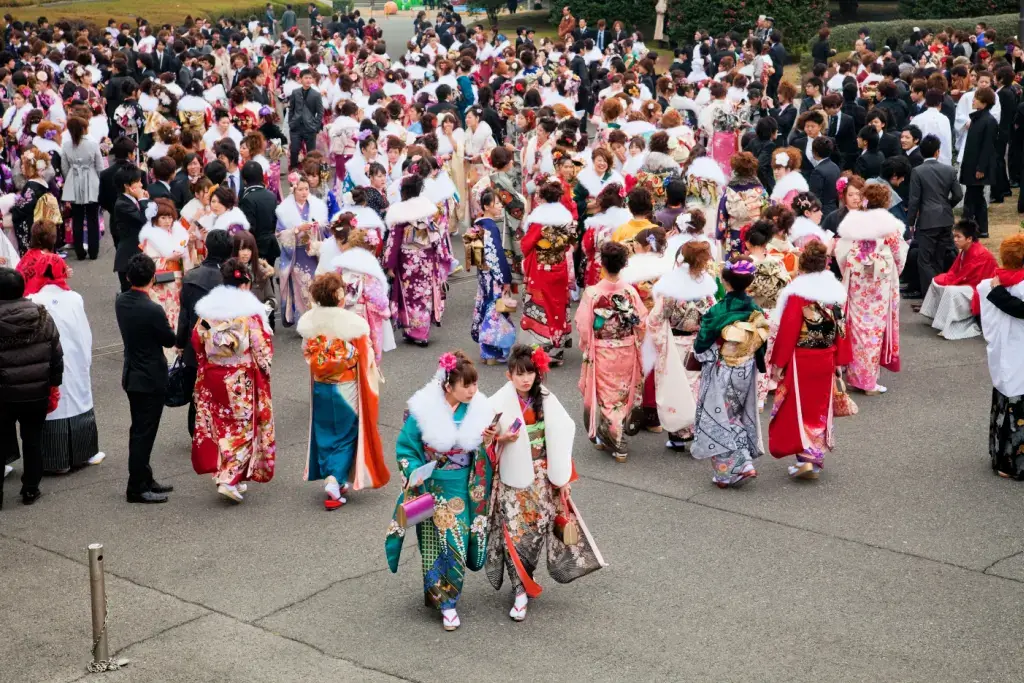
Finally, the celebrations highlighted here have many unique traditions, from the Hinamatsuri and Tango no Sekku displays to the food eaten on Shichi Go San and Kanreki. Knowing their history and meaning ensures that people cherish and remember them fondly. Which of these Japanese holidays is your favorite? Are there others we should have included? Tell us in the comments below.

Discover authentic flavors with Sakuraco
Get Sakuraco 

Discover authentic flavors with Sakuraco
Get Sakuraco 
Related Articles

Steam Train in Shizuoka: Riding the Oigawa Railway
For travelers who love history, beautiful views, and cozy retro vibes, this steam train is one of Shizuoka’s most charming treasures, with some of the best views. If you want to know more about this train, keep reading below!

Nara Japan: The Amazing Legend of the Sacred Dragon
In Japanese culture, dragons are spiritual beings that represent strength, prosperity, and a harmonious balance with the natural forces. Nara, Japan, has a unique story associated with sacred ponds and revered shrines throughout the region.

Nambu Tekki: Morioka’s Amazing Iron Craft
In the historic city of Morioka, Iwate Prefecture, a craft with over 400 years of history continues to captivate with its rustic beauty and practical charm. Nambu tekki, or Nambu cast iron, refers to traditional ironware, such as teapots, kettles, and decorative pieces, that embody the spirit of Tohoku craftsmanship.

Ebisu: The Cheerful Guardian of Luck and Prosperity
Religion in Japan involves a dizzying array of spirits and beings. These gods are inspired by ancient tales and used to symbolize nature’s bounty. However, they also profoundly impact daily life and are often sought out for help in challenging times



